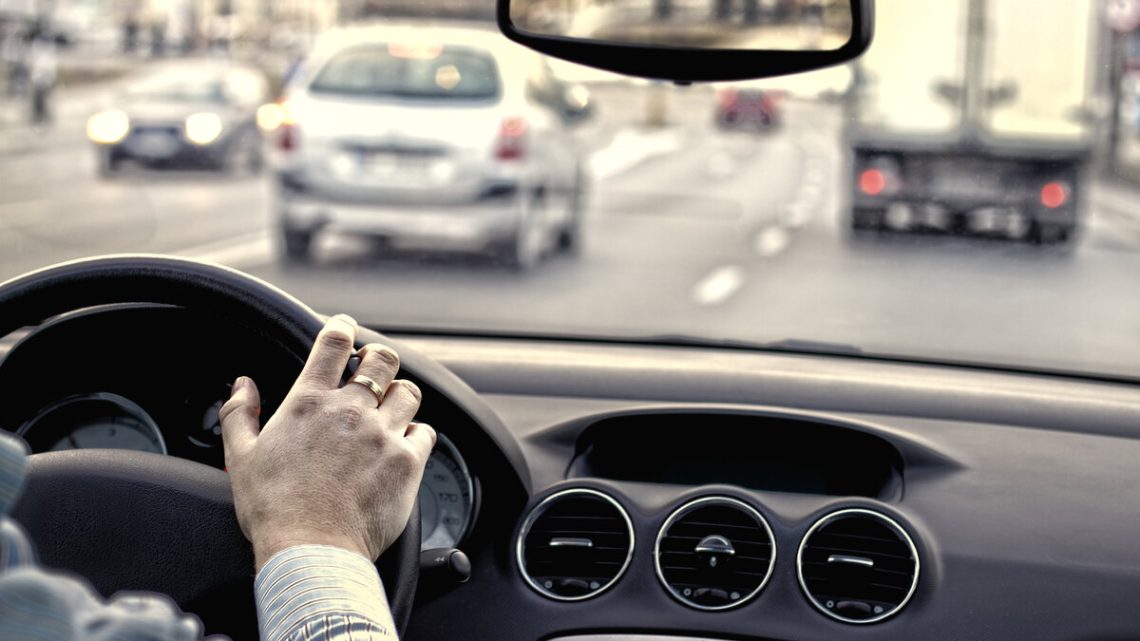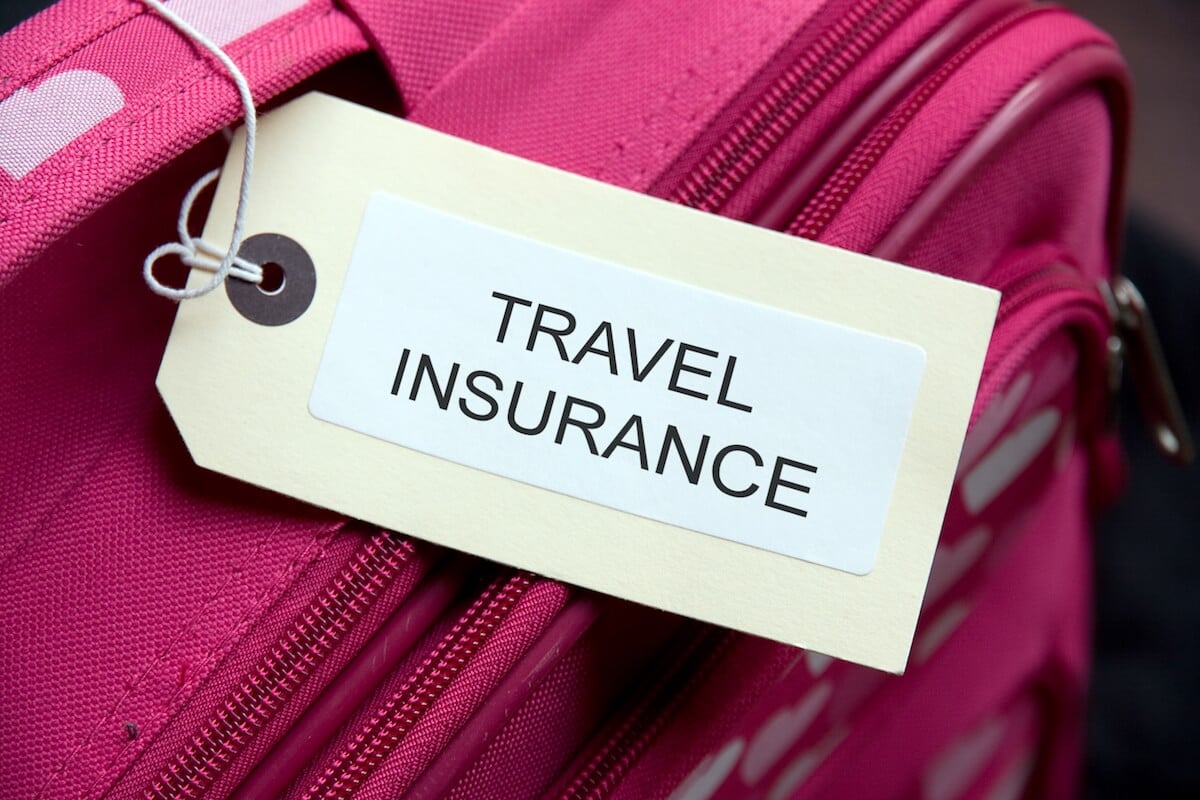
Essential Tips for Driving in Europe
Embarking on a road adventure in unfamiliar territories demands a blend of knowledge and preparation. Recognizing the unique regulations, customs, and landscapes can significantly enhance the experience and reduce stress on the road. A few foundational understandings can make all the difference between an enjoyable excursion and a series of frustrating encounters.
Each destination comes with its own set of rules and expectations, shaped by cultural norms and local driving habits. Familiarizing oneself with these nuances not only promotes safety but also allows travelers to immerse themselves more deeply in their surroundings. Understanding these aspects is crucial for those seeking seamless travel experiences.
Moreover, proper foresight and practical strategies will empower individuals to navigate with confidence. Whether it is mastering road signs or adjusting to varying speed limits, a proactive approach paves the way for memorable adventures. Embracing this journey with an open mind will lead to enriching discoveries along the way.
Understanding European Road Regulations
Navigating the intricate web of traffic laws across the continent can be a daunting task for many. Each nation has its own unique set of rules governing the way vehicles are operated, and being aware of these variations is key to ensuring a safe experience on the roads. This section delves into the fundamental characteristics of road regulations that every traveler should become acquainted with.
Common Regulations Across Countries
-
Speed Limits: Most nations enforce specific speed limits, typically ranging from 50 km/h in urban areas to 130 km/h on highways.
-
Alcohol Limits: Many countries have strict laws regarding blood alcohol concentration, often at or near zero for novice drivers.
-
Seat Belt Usage: The use of seat belts is mandatory for all passengers in the vehicle, regardless of their seating position.
Variations in Road Rules
While some regulations are universal, others can differ significantly from one country to another:
-
Roundabouts: The rules regarding yielding at roundabouts can vary; in many regions, vehicles in the roundabout have the right of way.
-
Traffic Signs: Familiarity with local traffic signage is crucial, as some symbols may not be consistent across borders.
-
Documentation: Carrying an International Driving Permit, vehicle registration, and proof of insurance may be required in certain areas.
Understanding these rules is vital to avoid fines and ensure the safety of all road users. Being informed about the specific requirements of each region will enhance the experience on the roads and contribute to a well-rounded adventure.
Key Differences in Driving Practices
When navigating through various regions, it is crucial to be aware of the varying customs and regulations that govern the roads. These distinctions can greatly influence your travel experience, and understanding them can enhance both safety and enjoyment while on the move.
Traffic Rules and Regulations
Each country enforces its own set of rules, making it vital to familiarize oneself with local regulations before hitting the road. Some areas may have stricter speed limits, while others might emphasize different road signs or right-of-way rules.
|
Country |
Speed Limit (Urban) |
Speed Limit (Highway) |
Key Regulation |
|---|---|---|---|
|
France |
50 km/h |
130 km/h |
Alcohol limit: 0.5 g/l |
|
Germany |
50 km/h |
No speed limit on Autobahns |
Mandatory seat belts |
|
Italy |
50 km/h |
130 km/h |
Use of headlights during the day required |
|
Spain |
50 km/h |
120 km/h |
Mobile phone usage prohibited |
Driving Etiquette and Behavior
Understanding the local driving culture can significantly affect your interactions with fellow road users. For instance, some regions may prioritize the use of indicators more than others, while others might have a more relaxed attitude towards tailgating or lane discipline.
Essential Documents for Driving Abroad
When embarking on an adventure that involves traveling on the roads of foreign lands, it is crucial to prepare the necessary paperwork. Having the correct documents at hand ensures compliance with local regulations and enhances the overall travel experience.
Driver’s License: A valid driver’s license is a fundamental requirement. Make sure it is not expired and, if needed, consider obtaining an International Driving Permit (IDP) to accompany your regular license, especially in countries that mandate it.
Vehicle Registration: Always carry the registration documents of the vehicle you are using. This paperwork proves ownership and is often requested by law enforcement or roadside assistance representatives.
Insurance Papers: Proof of insurance is vital while you traverse different territories. Ensure your policy covers international driving and keep the insurance documentation accessible in case of an incident or traffic stop.
Identification: A passport or national ID card should be included in your travel essentials. This identification may be required in various scenarios, including interactions with authorities or renting a vehicle.
Roadside Assistance Information: Having contact details for roadside assistance services can be invaluable. This can facilitate quick access to help should any issues arise during your travels.
Being fully prepared with these critical documents will pave the way for a more enjoyable and worry-free experience on the roads of different countries.
Choosing the Right Vehicle for Travel
Selecting the appropriate mode of transportation can significantly enhance your overall experience during your adventures. Various factors come into play, including personal preferences, group size, and the type of terrain you will encounter. A well-suited vehicle not only accommodates your needs but also contributes to your comfort and convenience while exploring new destinations.
Considerations When Selecting a Vehicle
-
Group Size: Determine how many individuals will accompany you. A compact car may suffice for solo travelers or couples, while larger families or groups might benefit from vans or SUVs.
-
Driving Conditions: Assess the type of roads you’ll navigate. If you plan to venture into rural areas, an all-terrain vehicle might be essential.
-
Distance and Duration: Long journeys often require comfort features. Look for vehicles with spacious interiors and amenities that keep passengers relaxed over extended travel.
-
Fuel Efficiency: Prioritize vehicles that offer good mileage, especially if you anticipate covering significant distances. This choice can lead to substantial savings.
Types of Vehicles to Consider
-
Compact Cars: Ideal for nimble navigation through urban settings and tight parking situations.
-
Family Vans: Provide ample space and comfort, perfect for group outings and family trips.
-
SUVs: Versatile options that offer both passenger space and capability on various terrains.
-
Luxury Cars: Enhance the travel experience with superior comfort, technology, and style.
Navigation Tips for European Roads
Successfully traversing new landscapes often hinges on effective route planning and understanding local navigation systems. Familiarity with various tools and resources can greatly enhance the experience, ensuring a seamless adventure through diverse regions.
Utilize Navigation Apps: Modern technology offers a plethora of applications that provide real-time guidance and traffic updates. Tools such as Google Maps or Waze can help identify the fastest routes and alternative paths. Additionally, offline maps can be invaluable in areas with limited mobile service.
Understand Road Signs: Each country has its own set of road signs, and being aware of these can prevent confusion. Pay attention to speed limits, parking regulations, and any unique local warnings that could affect your travels. A quick online search can familiarize you with common symbols before hitting the road.
Plan Your Routes: Take the time to map out your journey in advance. Consider major highways and local backroads for a more scenic drive. Knowing key landmarks along your route can also aid in navigation and provide opportunities for spontaneous exploration.
Consider a GPS Device: While smartphones are convenient, a dedicated GPS unit can be a reliable alternative. Avoid reliance on mobile data, especially when traveling through rural areas. Ensure your device includes maps of all intended destinations, eliminating the need for constant downloads.
Ask for Directions: Should you find yourself lost or in need of assistance, don’t hesitate to approach locals. Most are willing to help and can offer insights that technology may overlook, enriching your overall experience.
Safety Essentials for a Hassle-Free Trip
Ensuring a secure passage during your travels requires careful planning and awareness of local regulations. Adopting a proactive approach will not only enhance your experience but also minimize potential challenges. Understanding the key factors can make a significant impact on your overall comfort and peace of mind on the roads.
|
Safety Measures |
Description |
|---|---|
|
Seat Belts |
Always buckle up. Seat belts are mandatory and play a vital role in protecting passengers. |
|
Speed Limits |
Adhere to posted speed signs. Each region may have different regulations that must be followed. |
|
Road Signs |
Familiarize yourself with local road signs. Understanding these will aid in navigating effectively. |
|
Emergency Kit |
Carry a basic emergency kit including a first-aid kit, flashlight, and basic tools. |
|
Insurance |
Ensure your vehicle insurance is valid and covers international travel, if applicable. |
|
Local Laws |
Research local traffic laws and customs to avoid any legal issues during your trip. |
|
Rest Stops |
Plan regular breaks to remain alert and refreshed, especially on longer journeys. |
Questions and answers: Driving Europe tips
What are the important driving laws I should know before driving in Europe?
Before driving in Europe, it’s crucial to familiarize yourself with the different traffic laws specific to each country. For example, in many European countries, driving is on the right side of the road, but there are countries like the UK and Ireland where driving is on the left. Speed limits vary, with many countries having strict enforcement of speed regulations. Additionally, using a mobile phone without a hands-free system is generally prohibited. Seat belts are mandatory for all passengers, and driving under the influence of alcohol has severe penalties, often with a permissible blood alcohol level of 0.05% or lower. It’s also a good idea to carry reflective vests and warning triangles, which are required in some countries in case of breakdowns.
Do I need an International Driving Permit (IDP) to drive in Europe?
Yes, in many European countries, an International Driving Permit (IDP) is recommended or required, especially if your driving license is not in the Roman alphabet. The IDP translates your driving credentials into several languages and can help you avoid misunderstandings with local authorities. It’s a straightforward process to obtain one, usually involving a fee and a few documents like a valid driver’s license and passport-sized photographs. Make sure to check the specific requirements of the countries you plan to visit, as regulations can vary significantly across Europe.
What should I know about road signs and signals in Europe?
Road signs and signals in Europe can differ from those in other parts of the world, making it essential to understand them before hitting the road. Most countries use international symbols that are universally recognized, such as those for stop signs and pedestrian crossings. However, there can be differences in speed limit signs, which are usually displayed in kilometers per hour. It’s also important to be aware of various warning signs for unique hazards, such as wildlife crossings or steep hills. Additionally, in many places, priority at roundabouts is given to vehicles already within the roundabout. Familiarizing yourself with these signs and obeying them is vital for safe driving.
How can I prepare my car for driving long distances in Europe?
Preparing your car for long-distance driving in Europe involves several steps to ensure both safety and comfort. First, check the fluid levels, including oil, coolant, and brake fluid, and top them off if necessary. Inspect the tires for proper inflation and tread depth; this is crucial, especially when driving through varying weather conditions. Verify that your spare tire and tools are accessible in case of emergencies. It’s also advisable to have a first-aid kit, emergency blanket, and warning triangle. Make sure your vehicle’s documentation, including insurance and registration, is in order and easily accessible. Lastly, consider mapping out your route and checking for any road tolls or fees that might affect your travel plans.
What should I do if I encounter an emergency while driving in Europe?
If you encounter an emergency while driving in Europe, the first step is to remain calm and safely pull over to the side of the road if possible. Turn on your hazard lights to alert other drivers. If you are involved in an accident, ensure everyone’s safety first and call the local emergency services if there are injuries. In many countries, you must report accidents to the police, who will document the incident. Keep a record of all parties involved, including contact and insurance information. If your vehicle breaks down, you typically need to call a roadside assistance service. Always have an emergency contact who can assist you if needed, and know the local emergency numbers for police, fire, and medical services in the countries you’re visiting.
What are some key road rules I should be aware of when driving in Europe?
Driving in Europe comes with various unique road rules that can differ significantly from those in your home country. One of the most important is understanding speed limits, which can vary from country to country and sometimes even within regions. In general, most countries have lower speed limits compared to the US, with typical limits being around 50 km/h (31 mph) in urban areas, 90 km/h (56 mph) on rural roads, and 130 km/h (81 mph) on highways, though these can vary. Additionally, many European countries require the use of seat belts for all passengers and have strict laws against drink driving, often with a limit of 0.05% BAC or lower. It’s also common to encounter roundabouts, which may be unfamiliar to some drivers, and the rule of giving way to traffic already in the roundabout is generally observed. Lastly, be sure to familiarize yourself with any local driving signs and signals, as well as any specific regulations, such as low-emission zones in cities where only approved vehicles are allowed to enter.
Do I need an international driving permit (IDP) to drive in Europe?
Whether you need an International Driving Permit (IDP) to drive in Europe largely depends on the countries you plan to visit and your home country’s driving license regulations. In many cases, if your driver’s license is issued in English or another widely spoken language, you may not need an IDP. However, countries like Spain, Italy, and some others recommend having one, especially if your license is not in the Latin alphabet. An IDP serves as a translation of your license and can be helpful in case of encounters with law enforcement or car rental companies. To obtain an IDP, you typically need to apply through your local automobile association before your trip. It’s essential to remember that carrying both your national driver’s license and the IDP is necessary, as the IDP alone is not valid without your original license. Always check specific requirements for each country you plan to drive in beforehand to avoid any surprises.
What are the most important driving tips for those planning a road trip throughout Europe?
When planning a road trip throughout Europe, there are several important driving tips to keep in mind. Make sure to familiarize yourself with the rules of the road in each country, as they can vary significantly. In most countries in Europe, drivers drive on the right-hand side, except for the UK and Ireland where driving on the left is required. Be aware of toll roads, especially on motorways, and carry cash or a credit card to pay for them. Renting a car in Europe often requires a valid driving license, and in some cases, you may need to get an International Driving Permit.
Do I need special car insurance to drive a rental car in Europe?
Yes, when driving a rental car in Europe, it’s essential to have the proper insurance cover. Most rental car companies offer basic coverage, but you should verify what’s included. It’s recommended to check if your travel insurance covers car rentals or if your personal car insurance extends to rental cars abroad. You might also need to purchase additional insurance for full coverage, such as collision damage waiver (CDW) or theft protection. Always review the rental company’s policy to understand what insurance is included and if you need extra coverage.
Can you turn right on a red light in Europe?
Turning right on a red light is generally not allowed in most European countries. However, there are exceptions, such as in parts of Germany, where turning right on red is permitted at intersections with a specific green arrow sign. It’s important to follow the driving rules of each country you’re visiting and pay close attention to road signs. If you’re used to driving in countries where turning right on red is common, this rule may take some getting used to.
What documents do I need to rent a car in Europe?
To rent a car in Europe, you typically need a valid driving license from your home country. However, some countries may require an International Driving Permit (IDP), especially if your license is not in the Roman alphabet. Additionally, you’ll need a valid passport and a credit card to secure the rental. It’s advisable to carry your travel insurance documents and any paperwork from the rental car company. Make sure to check with the rental agency in advance about the specific requirements for renting a car in the country you’re visiting.
Are there specific rules for driving in European cities compared to rural areas?
Yes, driving rules in European cities can differ significantly from rural areas. In cities, you’ll encounter more one-way streets, restricted parking zones, and low-emission zones, especially in major European cities. In rural areas, the roads may be narrower, and driving on the right-hand side is typically less stressful due to less traffic. Pay attention to road signs, speed limits, and local regulations when driving in both settings. Additionally, parking rules in cities are often stricter, so familiarize yourself with the local parking regulations to avoid fines.








